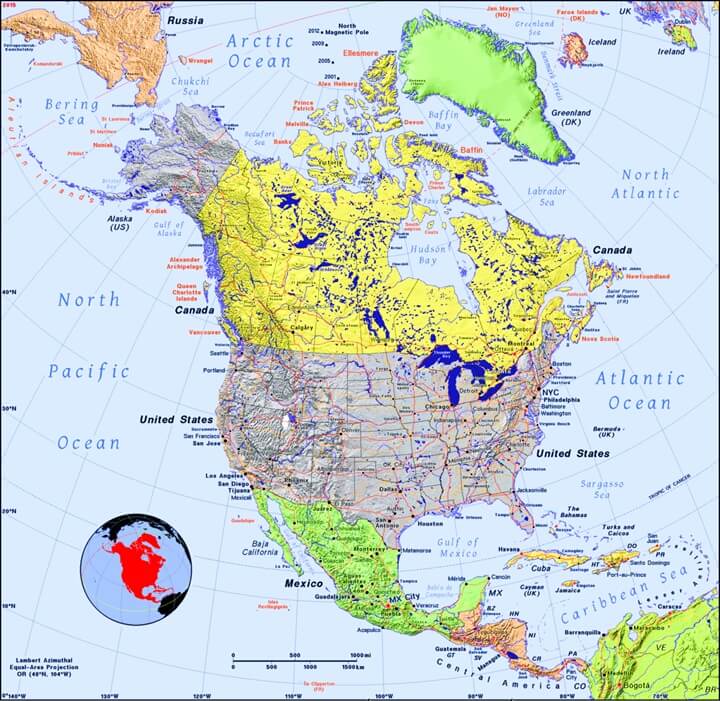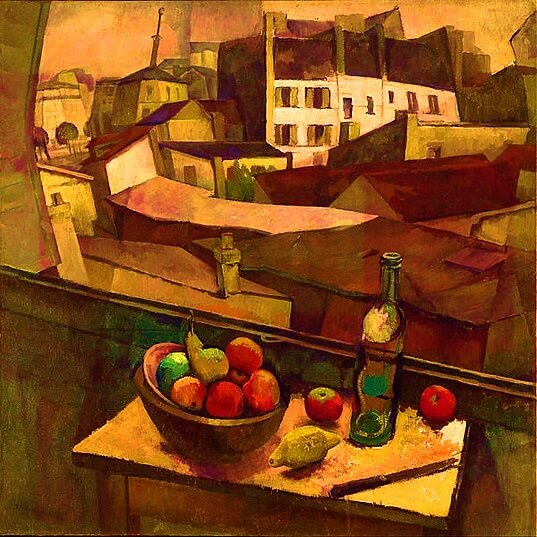Activity 1: Can You Find It?
Find the following in the artwork:
- Row Houses
- Empty Bottle
- Apples
- Pear
- Lemon
- Orange
- Lime
- Knife
- Table
- Chimneys
Activity 2: Narrate the Artwork
- After studying the artwork, narrate the scene shown aloud using your own words.
Activity 3: Complete Vocabulary Activities
- While studying the new words, point out any you see in the painting.
- Define each of the vocabulary words in your own words.
Activity 4: Color the Map

- Click the crayon above, and complete page 44 of 'Art History Coloring Pages for Second Grade.'
Activity 5: Color the Artist

- Click the crayon above, and complete page 45 of 'Art History Coloring Pages for Second Grade.'
Activity 6: Color the Artwork

- Click the crayon above, and complete page 46 of 'Art History Coloring Pages for Second Grade.'


